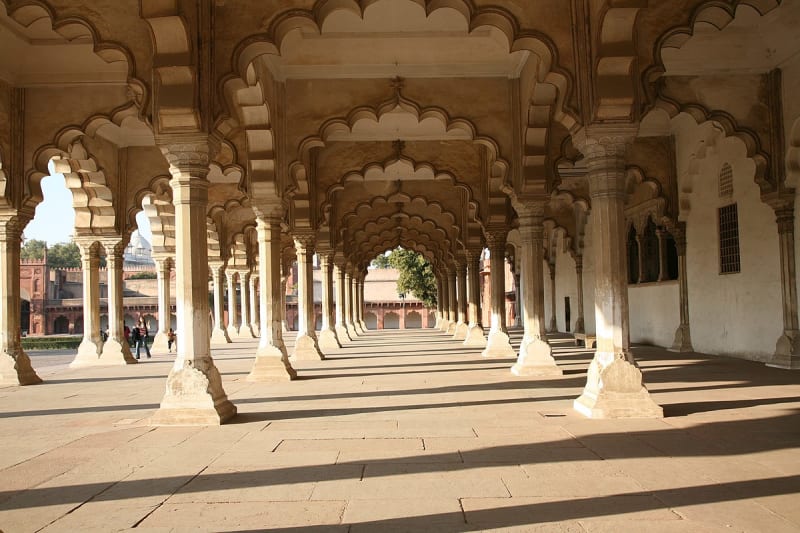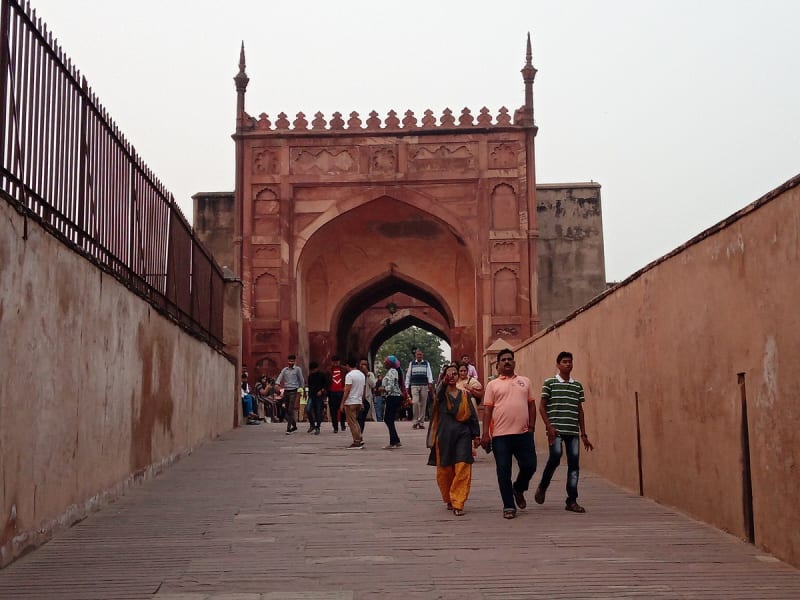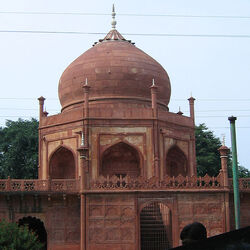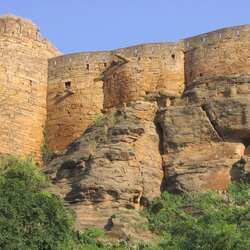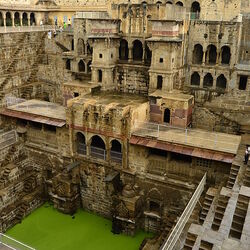Agra Fort
Agra Fort is a huge majestic fort surrounded by a thick red sandstone wall, which is why it is also called the Red Fort. The territory can be accessed through one of the 2 gates, although there are only 4 of them. The rest are walled up.
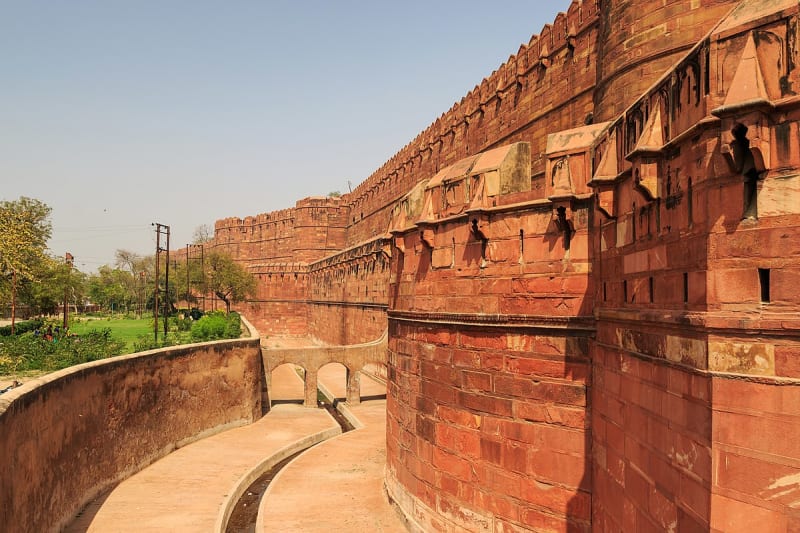
Like most structures built in the Rajput architectural style, the majestic austerity and exterior simplicity of the Agra Fort conceal luxurious interiors. Colored or white marble, obligatory carved columns, inlays of precious stones, ivory, gilding and mirrors create a fabulous splendor of the interior and delight many tourists.
Main attractions of Agra Fort
The Jahangiri Mahal, Shish Mahal and Diwani Khas attract the most attention of tourists.
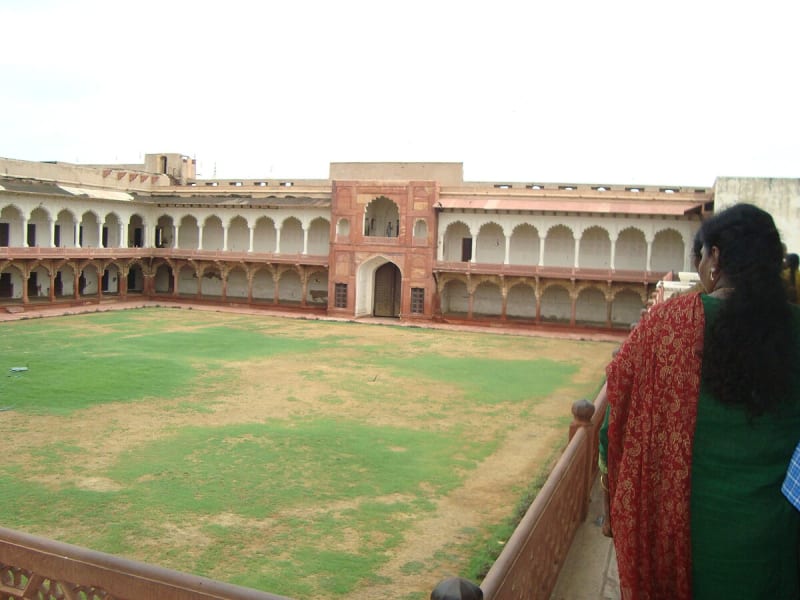
Jahangiri Mahal was rebuilt by order of Akbar the Great. It is an elegant multi-tiered white stone palace. The walls in the huge halls are decorated with magnificent bright paintings and delicate delicate carvings. In the courtyard there is a unique stone bowl, completely covered with inscriptions. There are two versions of its purpose: for making rose water or a banal drinking bowl for birds.
The Shish Mahal Mirror Palace is an extensive swimming pool with a huge bathtub in the center. Hot and cold water is supplied to the bath. The walls and ceilings of the bathhouse are decorated with mirrors. The entire space is illuminated by the sunlight coming through the gates and air vents. The rays reflected a thousand times in the mirrors create an atmosphere of mystery and even intimacy.
The Diwani Khas hall for public meetings was once decorated with precious stones. Now all that's left of them are the depressions in the ceilings and walls. The jewels were taken away by the British, and the pitiful remnants were barbarously torn out and stolen by vandals. There is a legend that Shah Jahan, who once built the world-famous monument to great love, the beautiful Taj Mahal mausoleum, died in this hall.
A little history of the legendary fort of Agra
At the beginning of the 11th century, a small brick fortress was captured by the powerful Ghaznavids, who owned it for more than a hundred years. After their fall, the fortress passed from one Indian dynasty to another many times. After 400 years, Sultan Sikandar Lodi rebuilt the fortress into his residence. In 1505, some of the new buildings were severely damaged by an earthquake. After the death of the Sultan, the fort of Agra passed into the possession of his son Ibrahim Shah.
Humayun, the heir to the mighty Mughal Empire, captured Agra and killed Ibrahim Shah. During the reign of Tamerlane's descendant, the fortress was fortified, surrounded by a wall in two rows, and a 10-meter-deep moat was dug around it. A new period of prosperity has begun in the history of the fortress. In 1556, Akbar the Great moved the capital from Delhi to Agra and named the new capital Akbarabad. Everything has been rebuilt. The new fortress was now called Lal Kila (Red Fort).
The dazzling luxury of the decoration was combined with a powerful defense. There were beautiful palaces, majestic mosques, fragrant gardens and austere mausoleums inside the fortress walls. Formidable tigers strolled between the walls, and bloodthirsty crocodiles were launched into the moat. During the reign of Shah Jahan, the Mughal Empire reached its peak. The fortress has undergone another grandiose change. Now her palaces were decorated with rich white marble inlaid with precious stones and gilding.
In 1803, the Agra Fort was captured by the British colonialists. They ruthlessly destroyed many structures in the fortress, and gave some of them to soldiers' barracks. In 1857, the fort was returned to the Indian authorities.
Nowadays, a military base is located on the territory of the fort. Tourists are allowed access to restricted areas.



